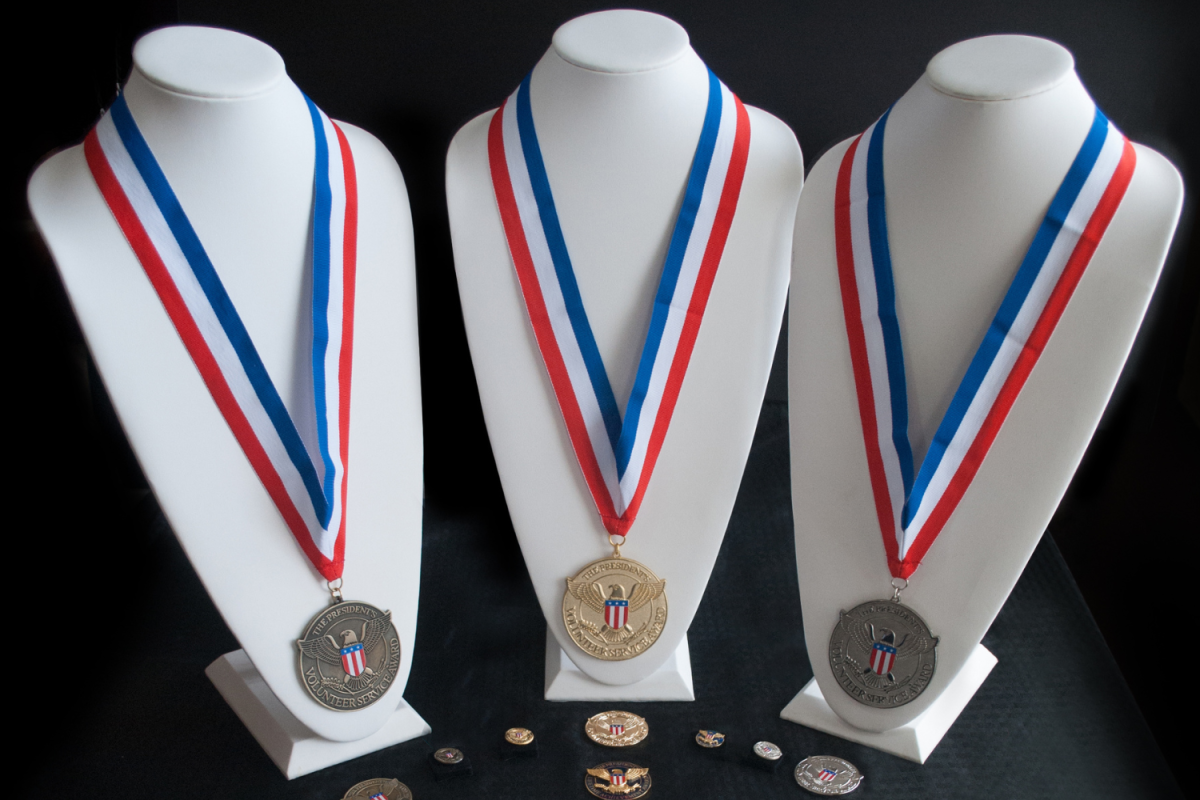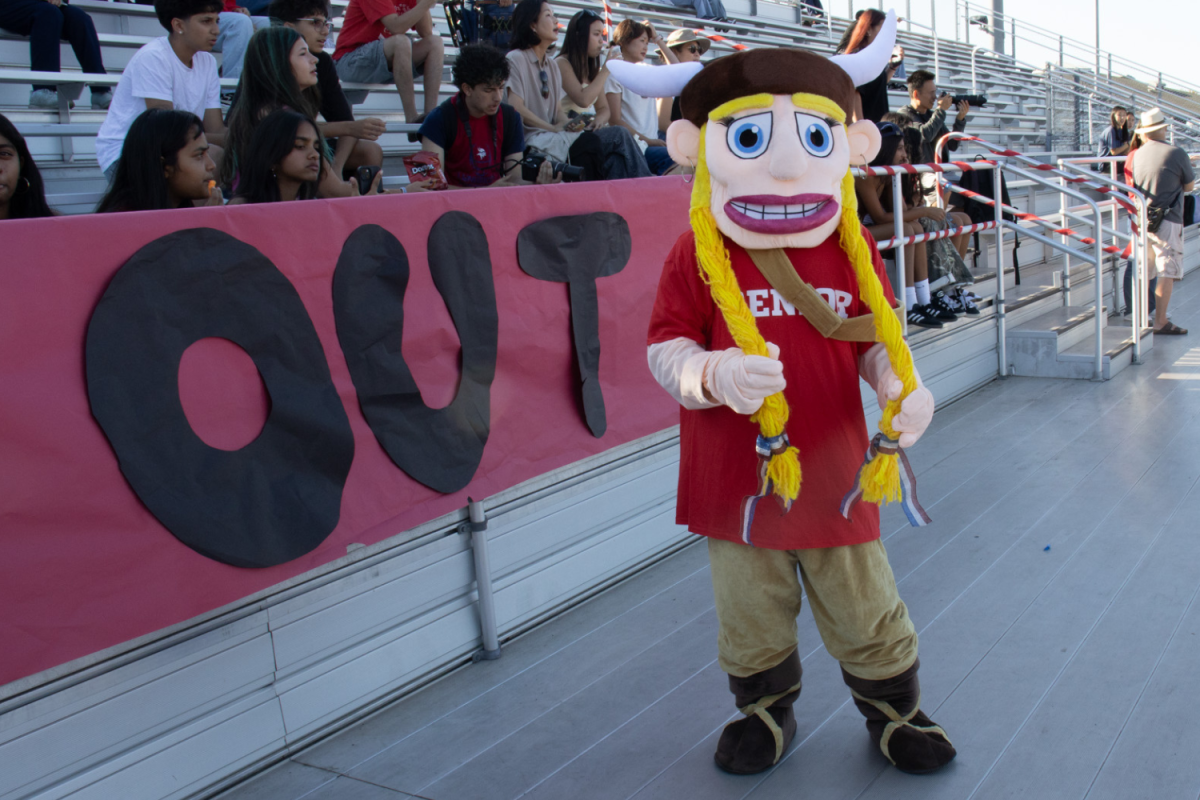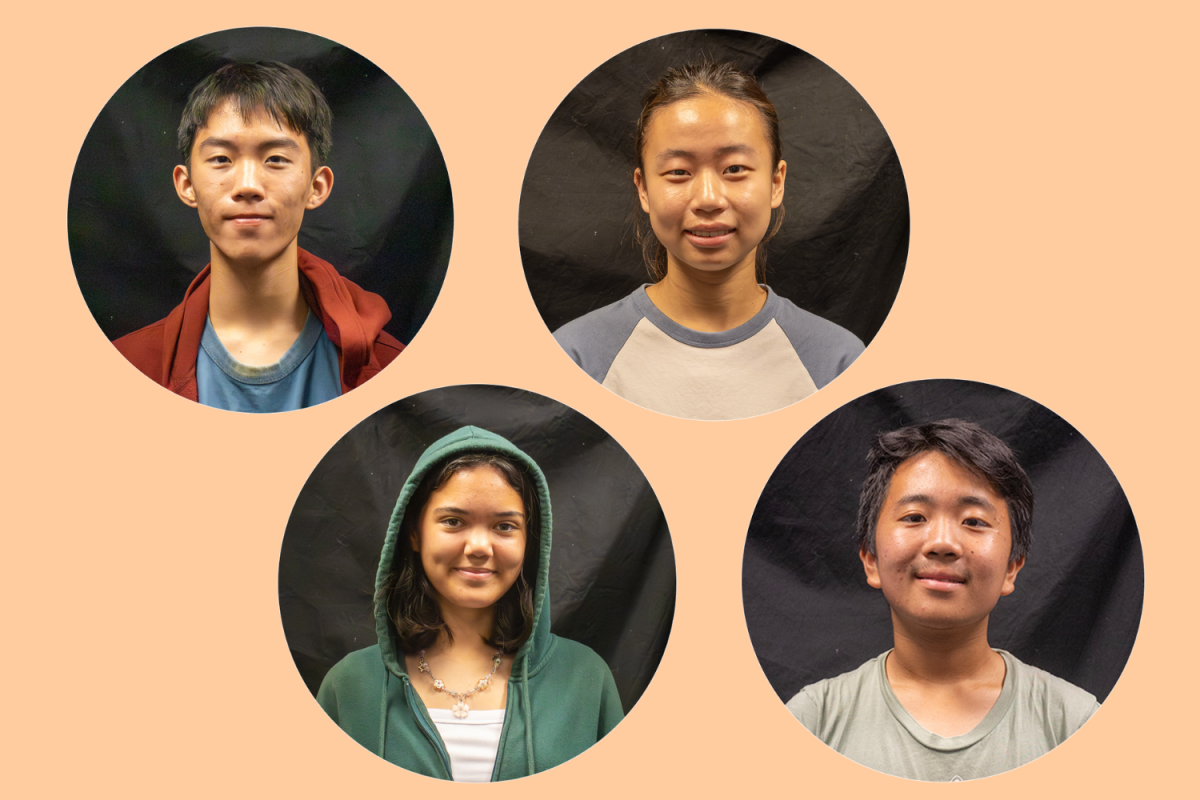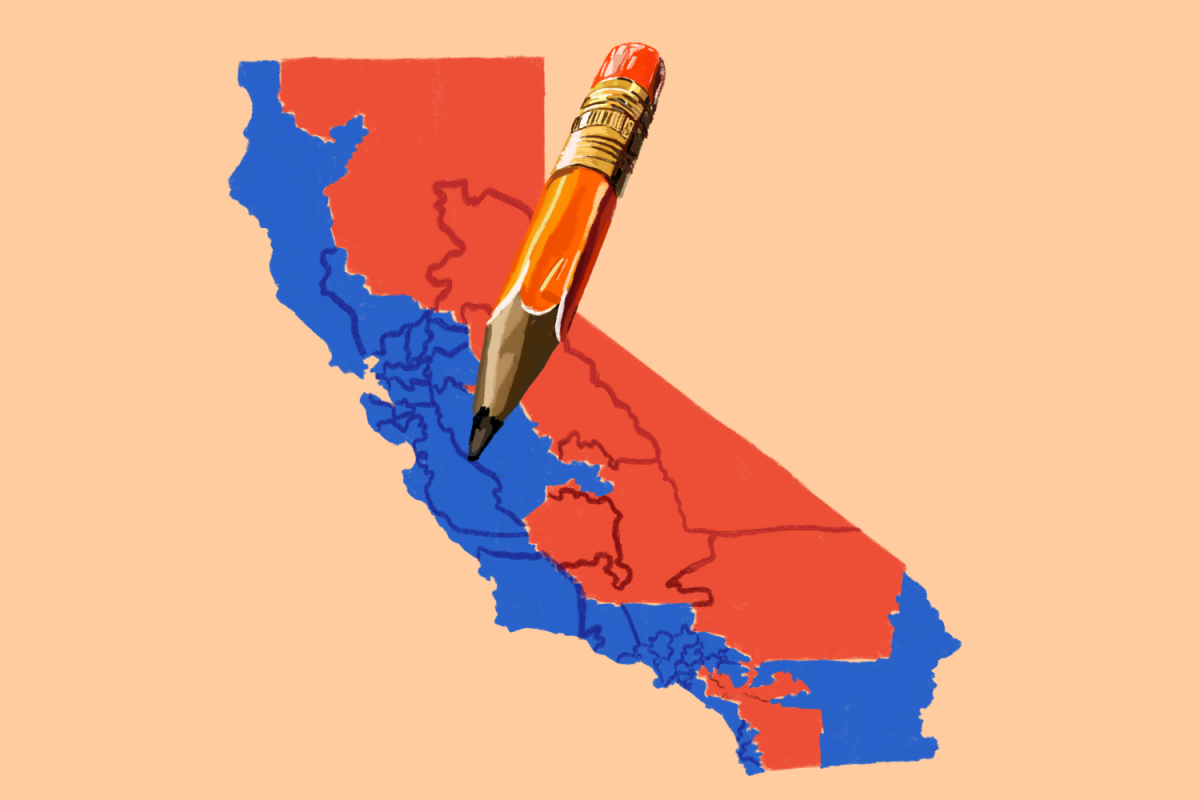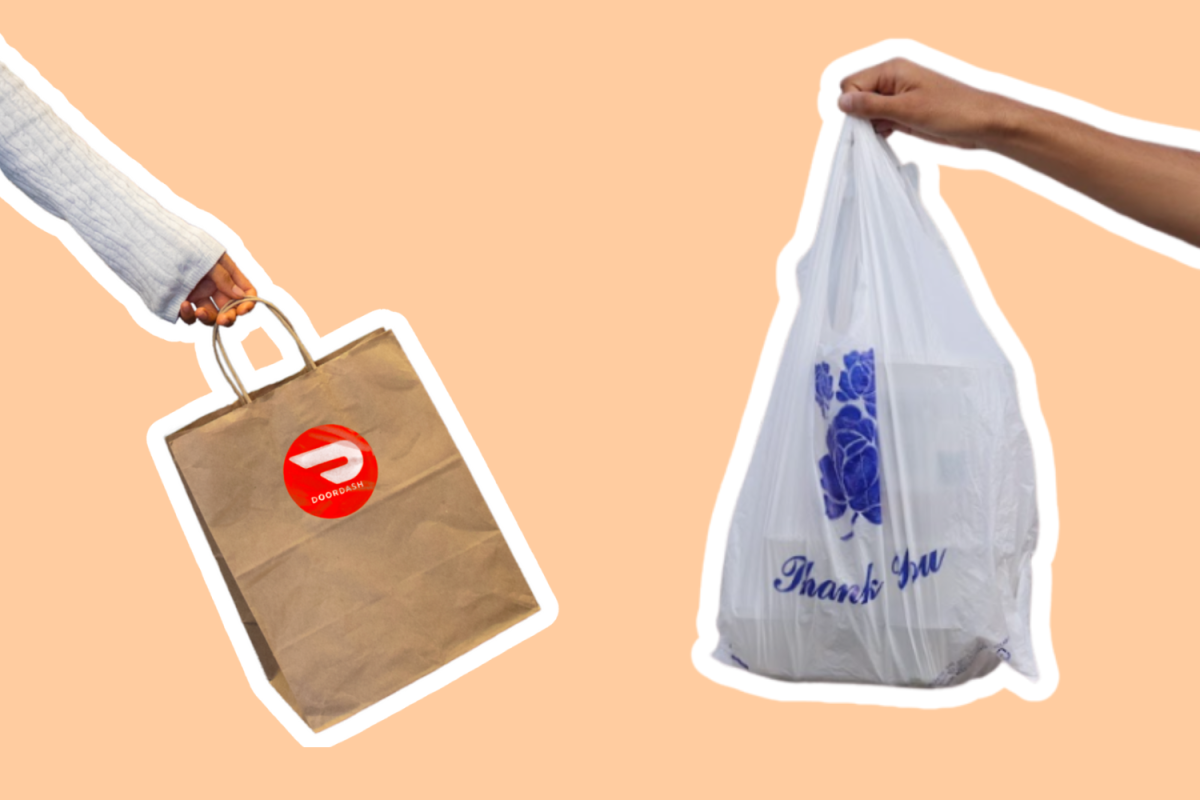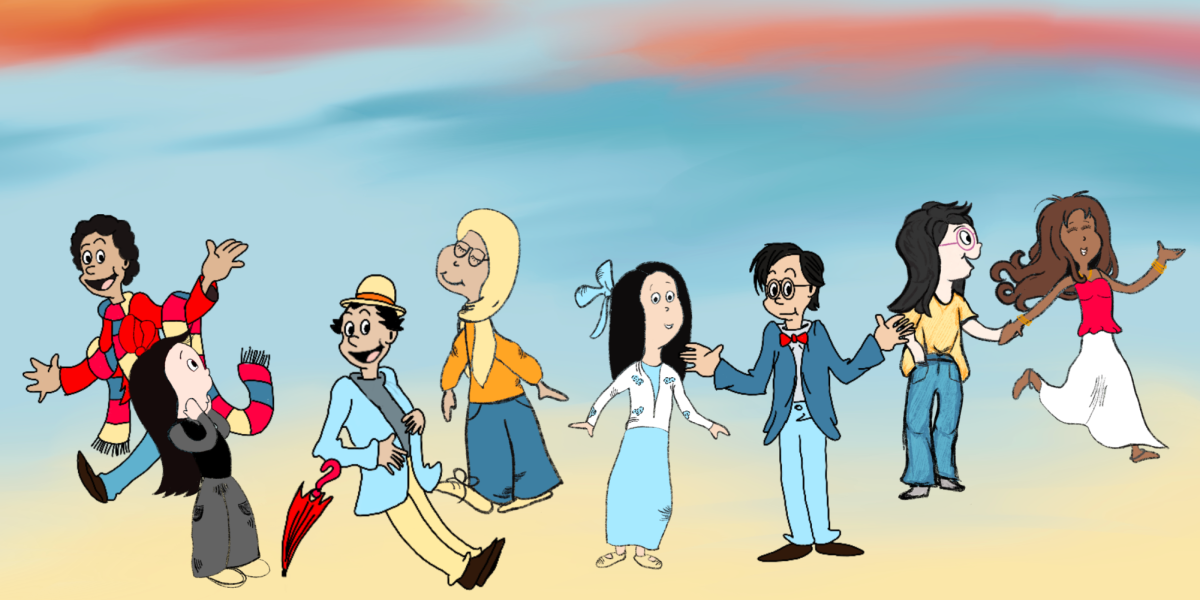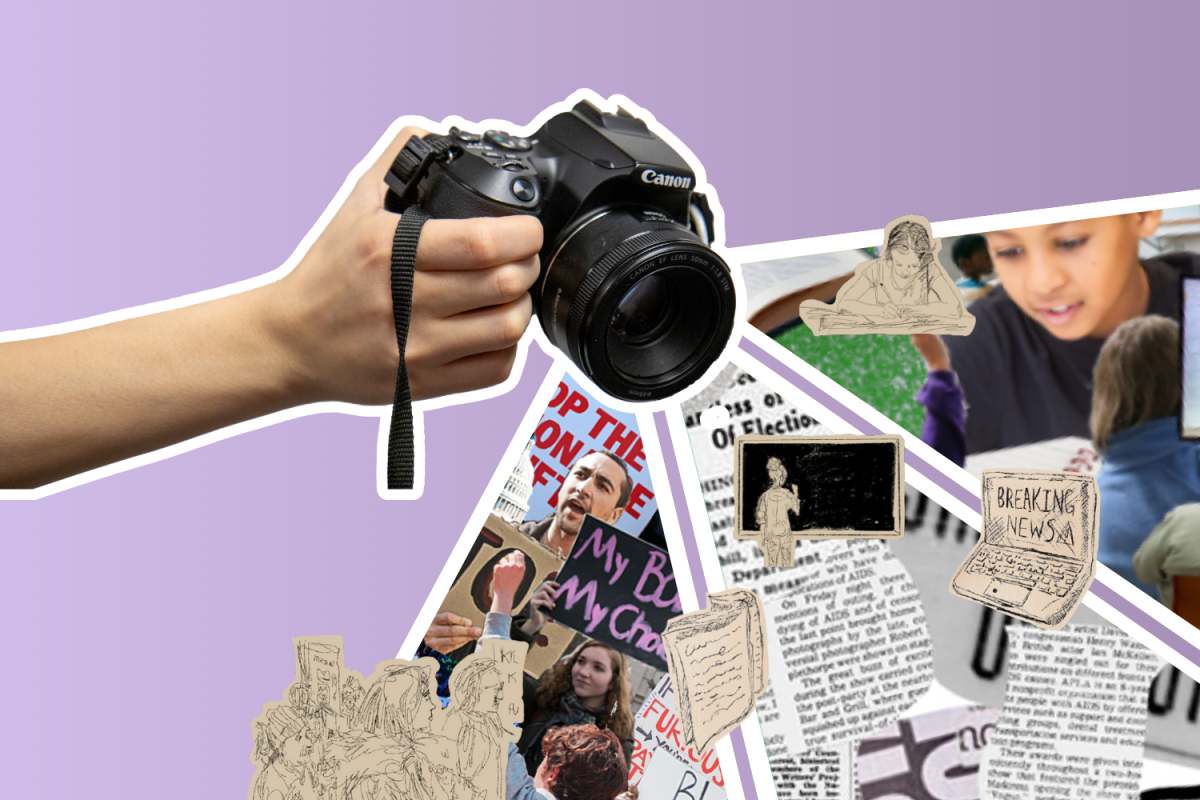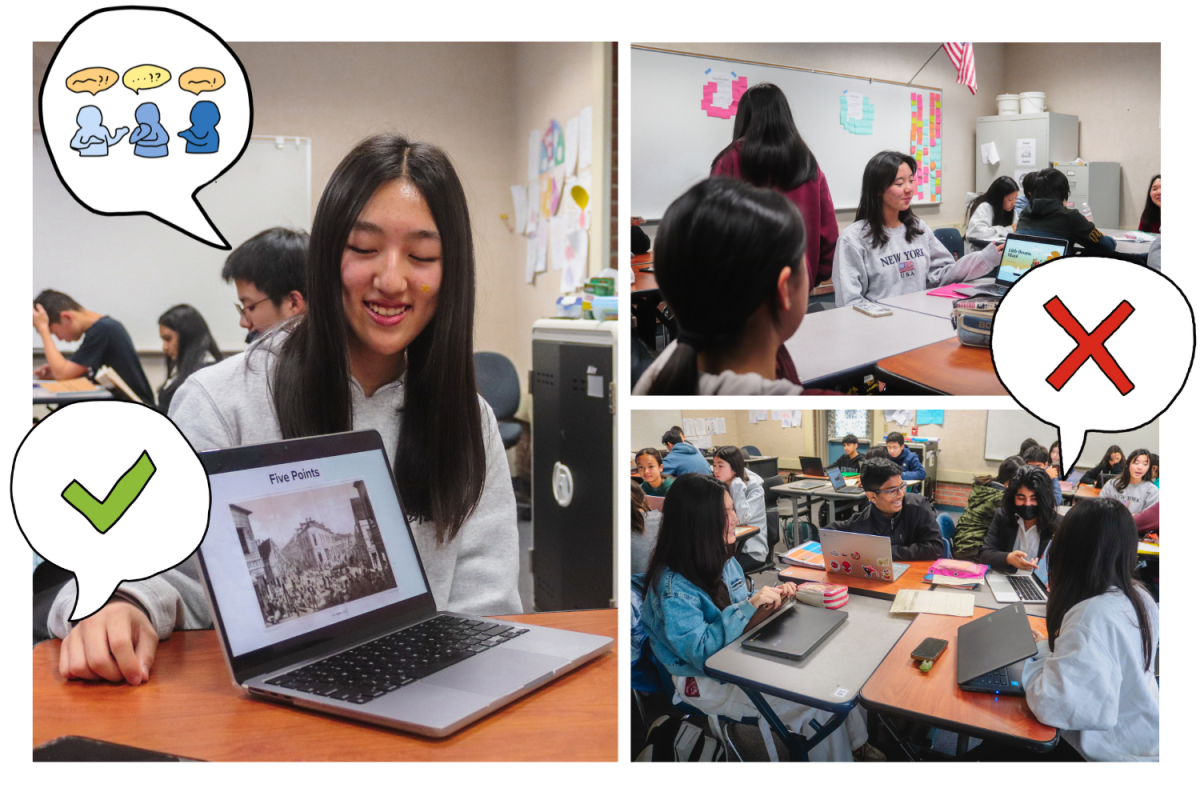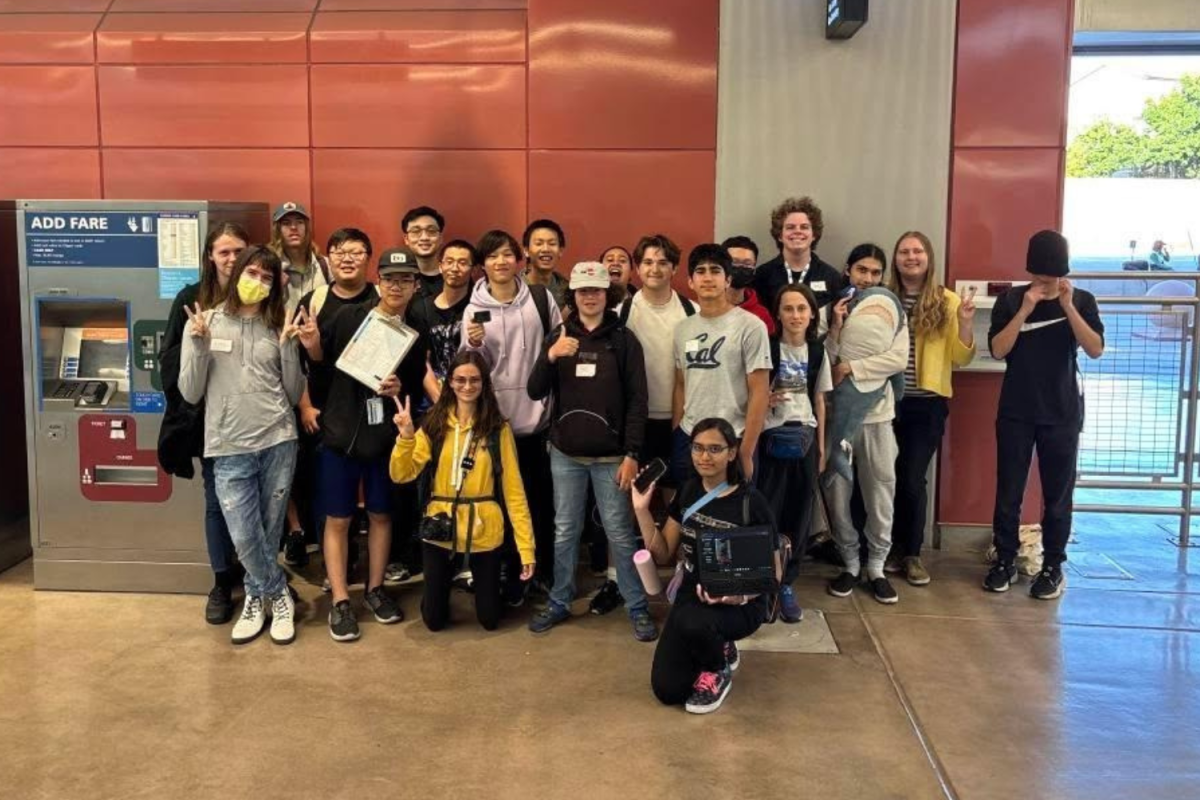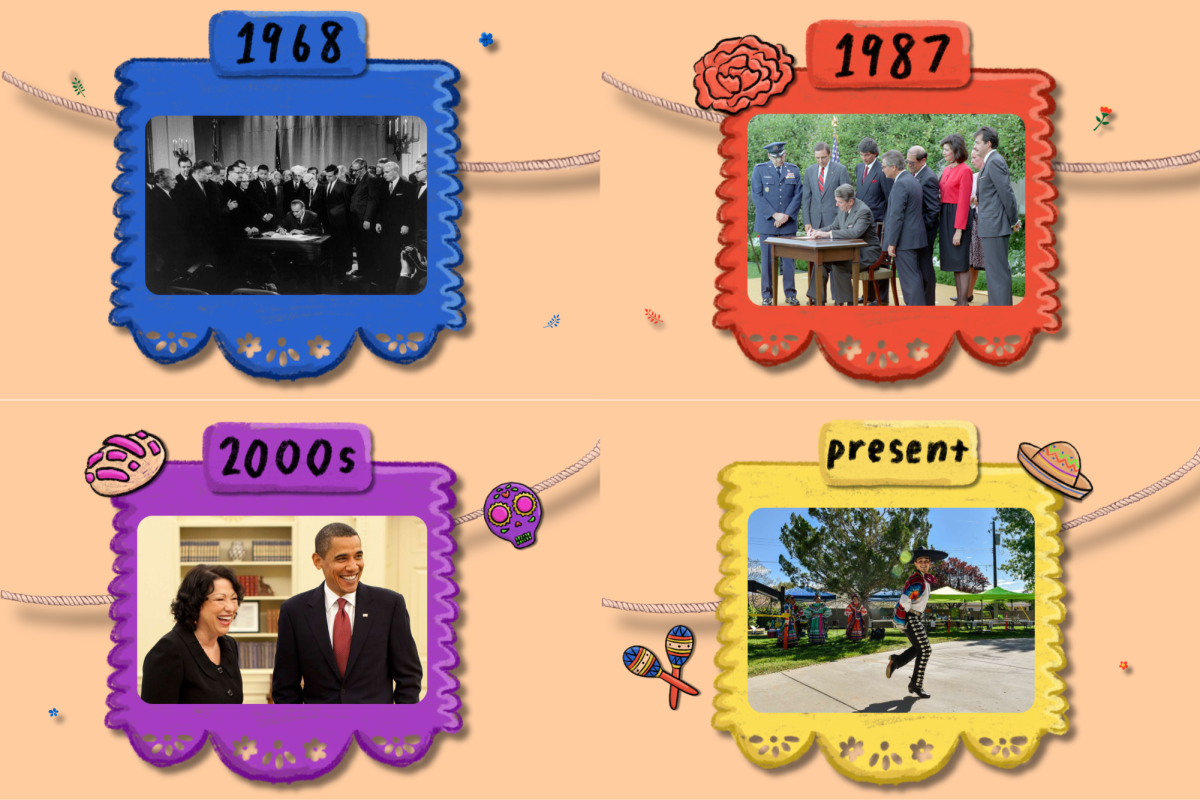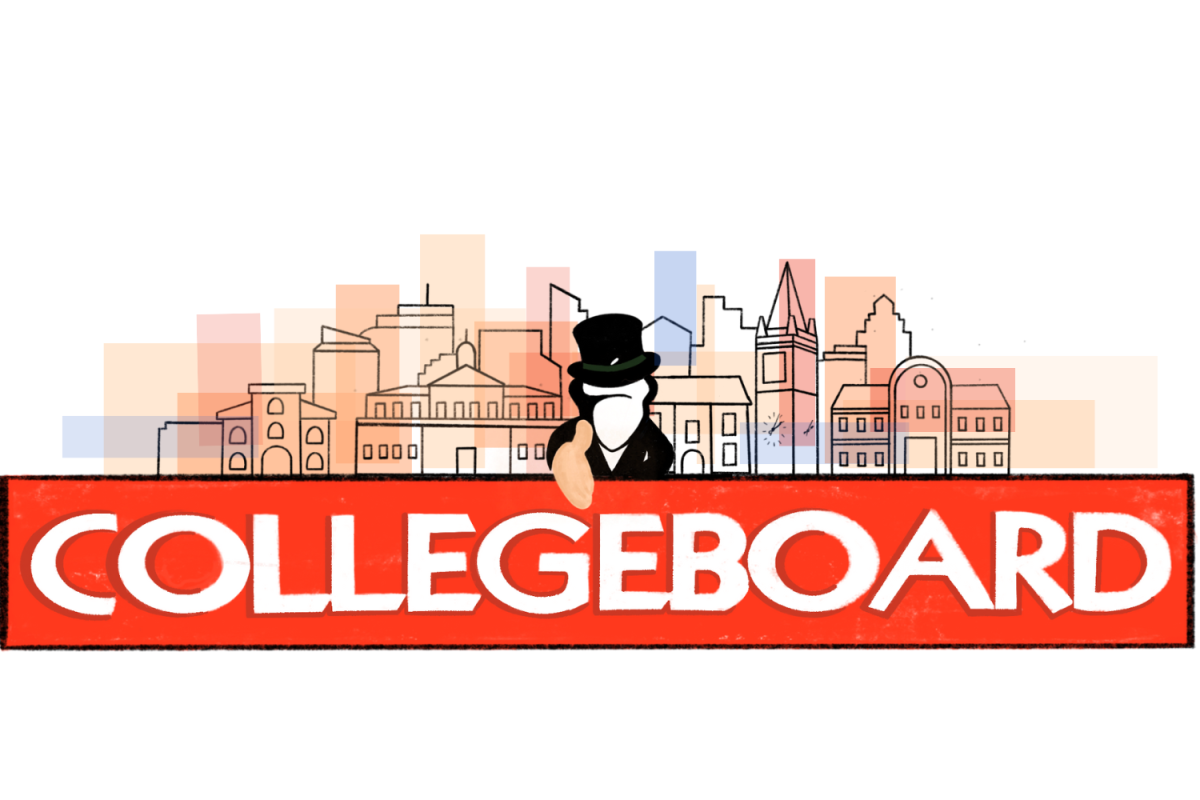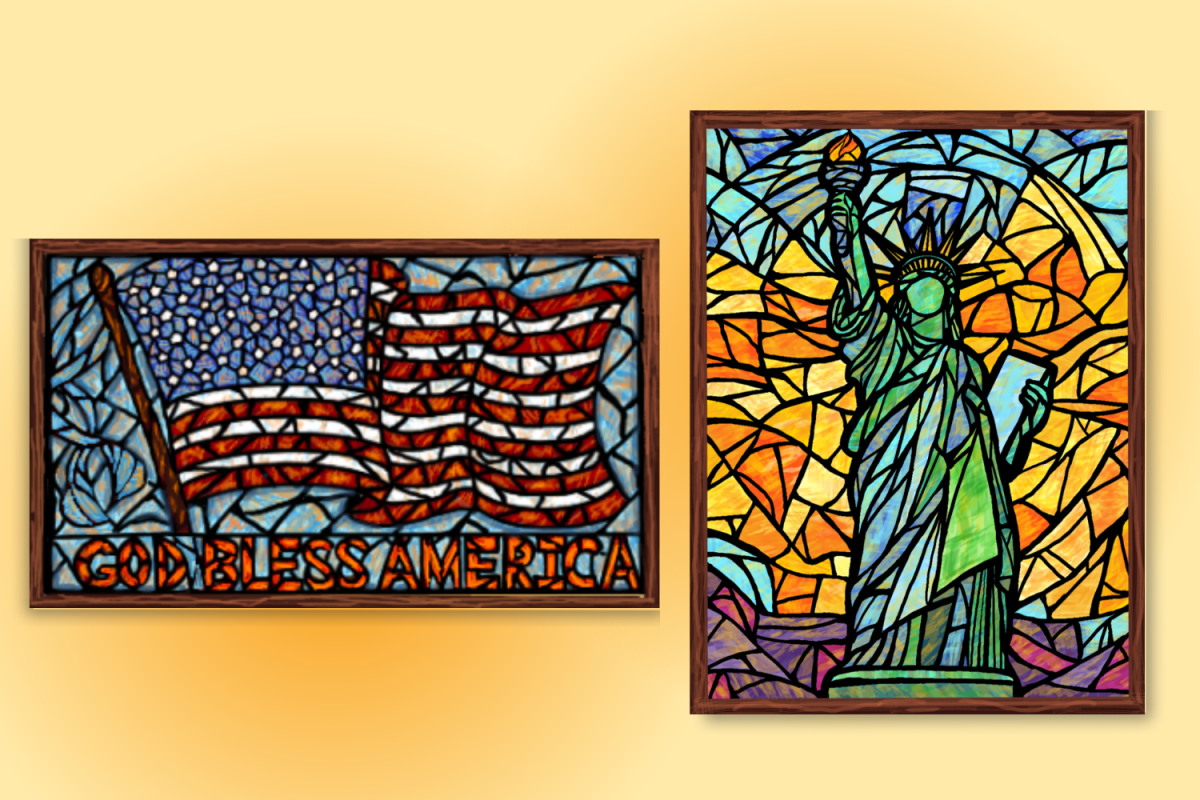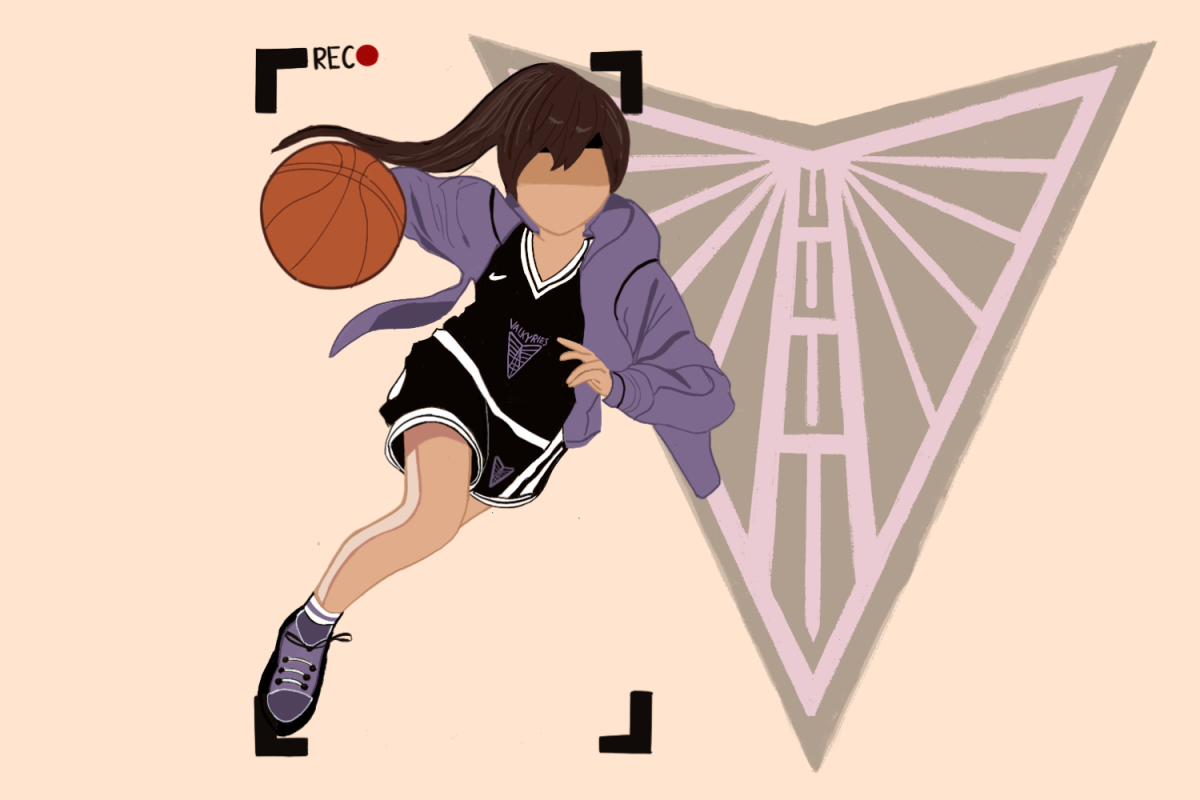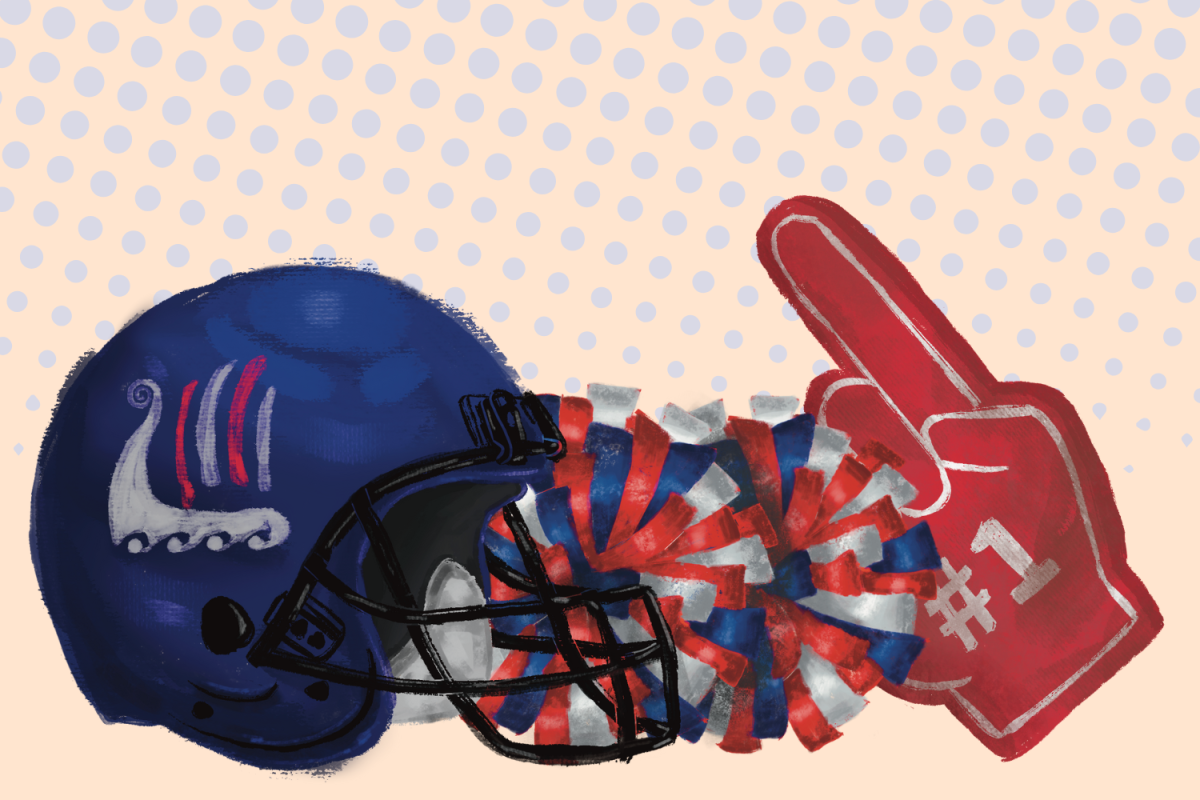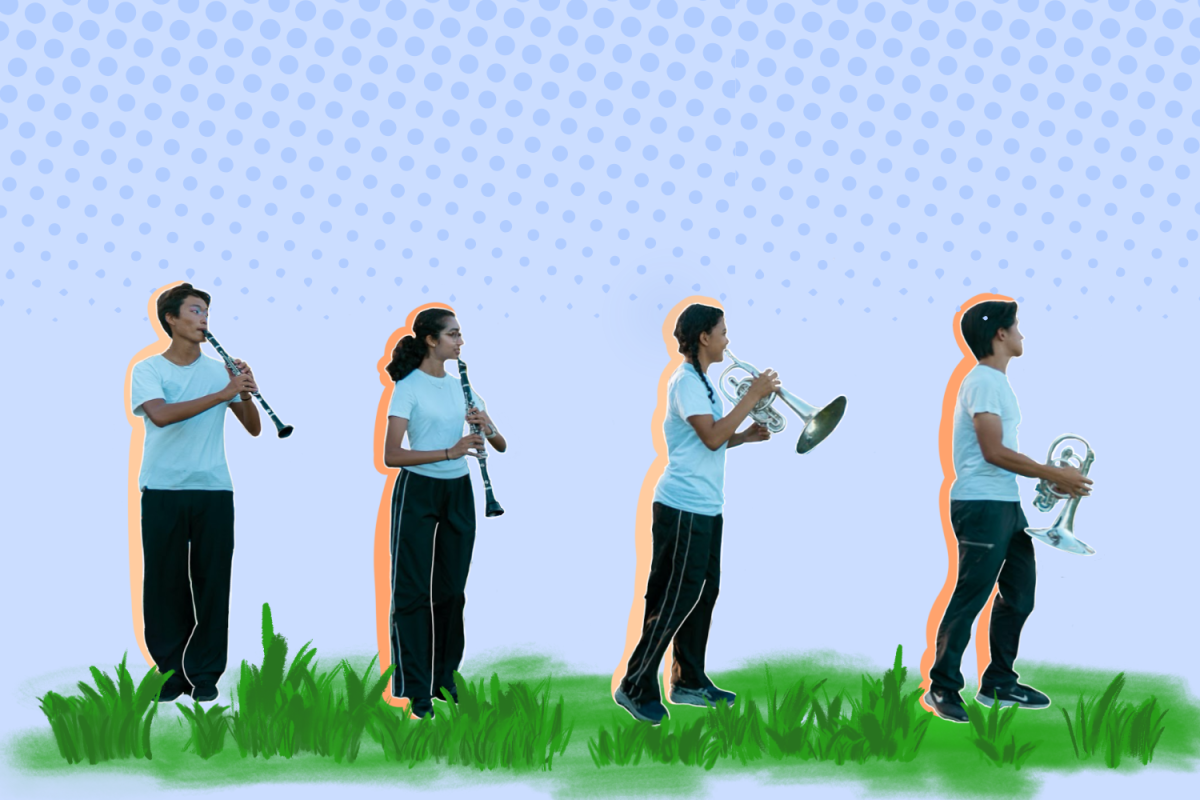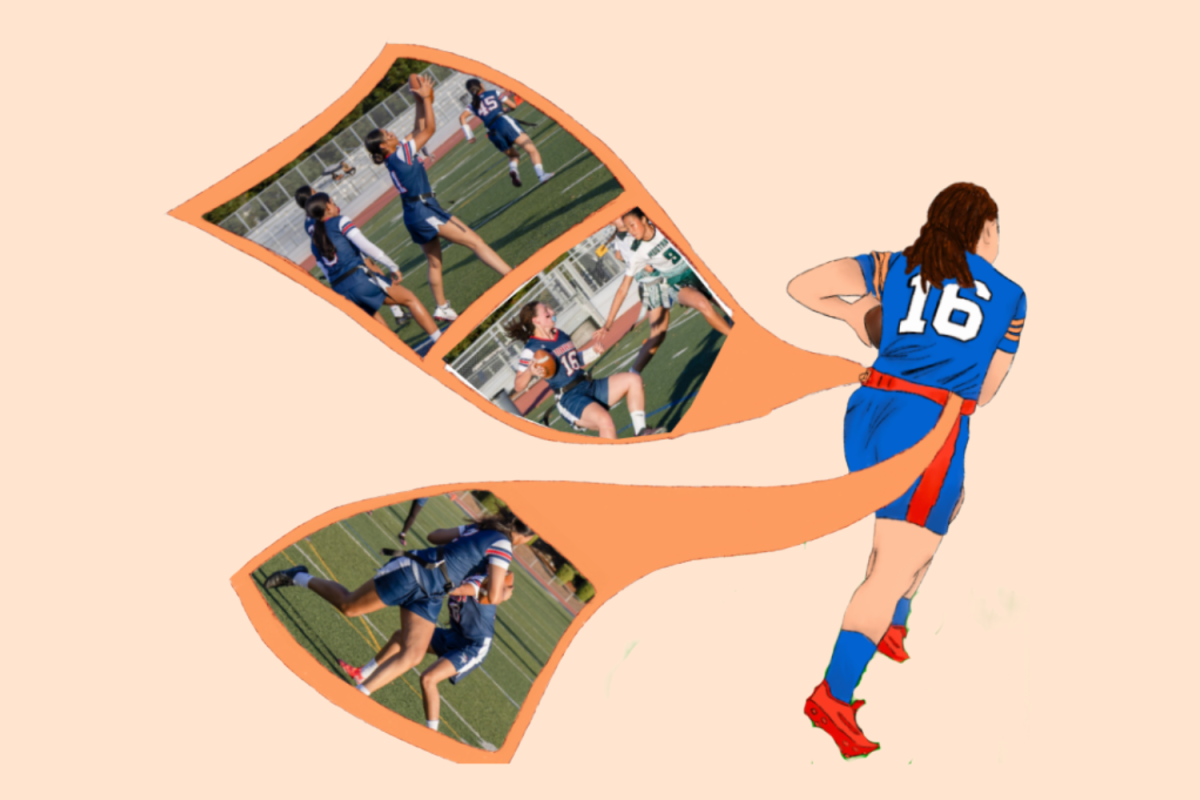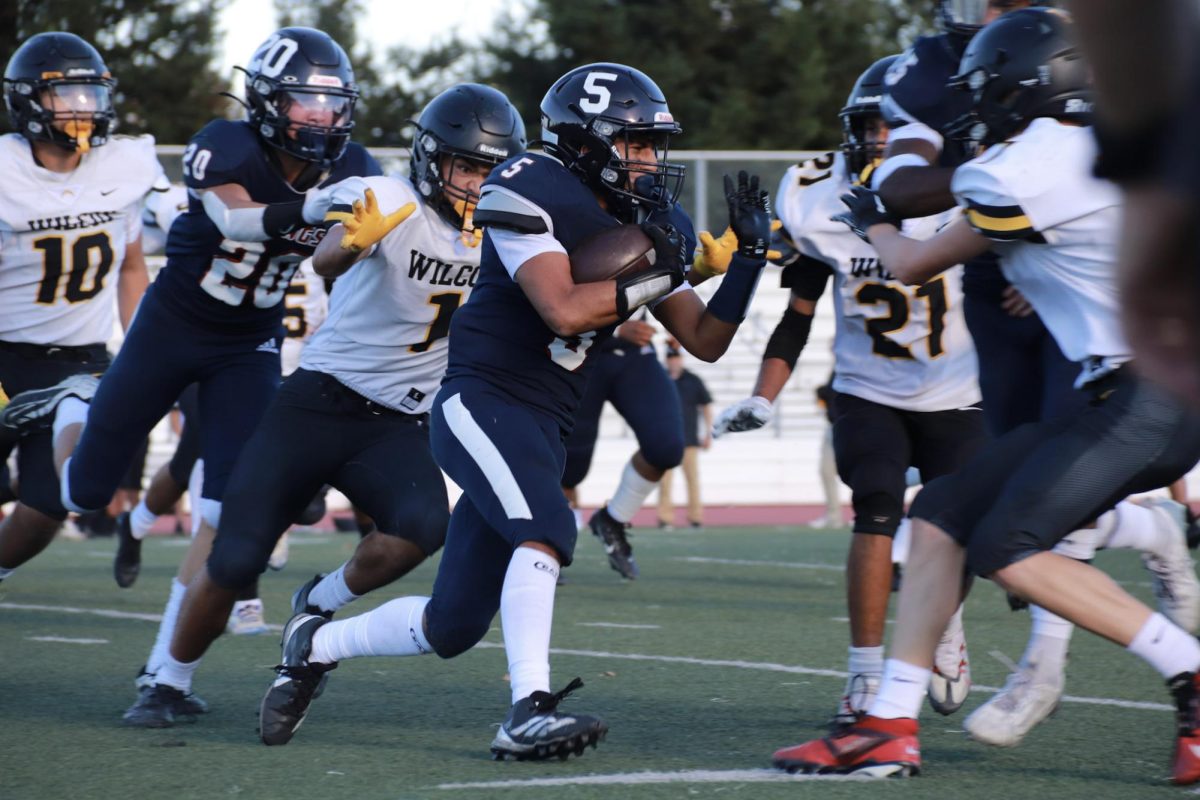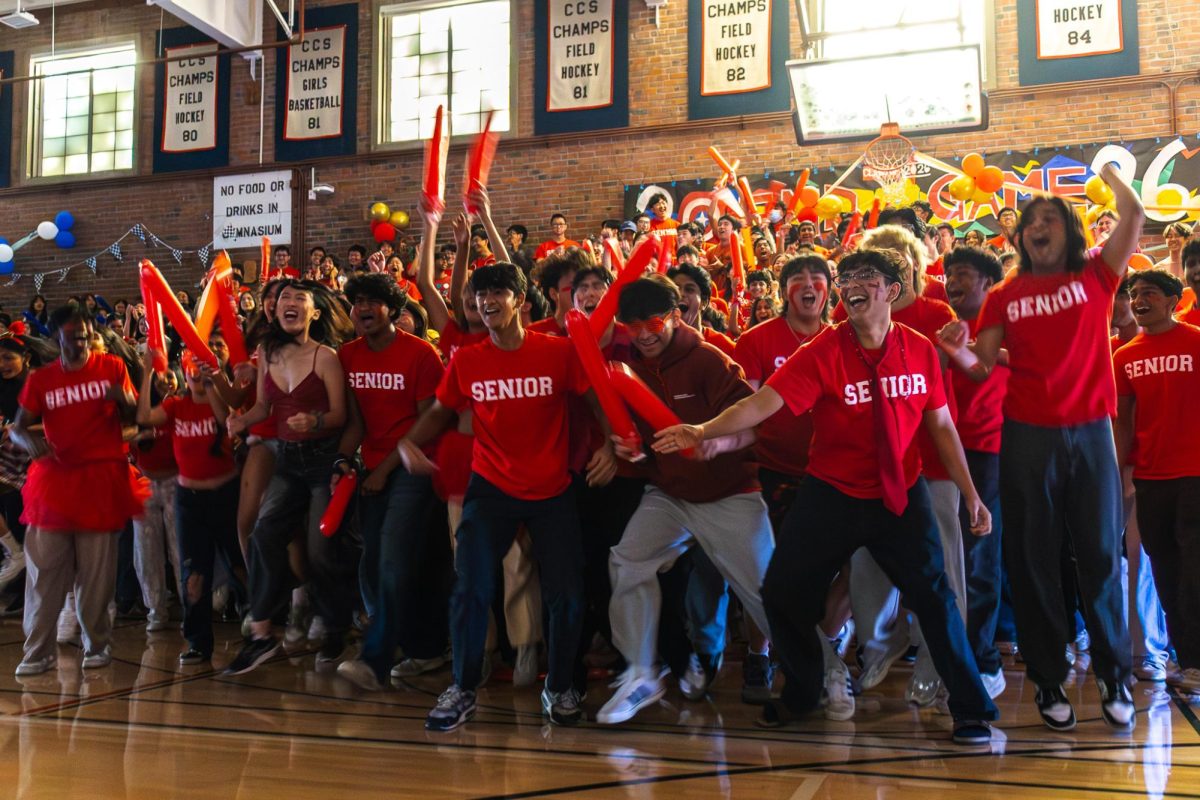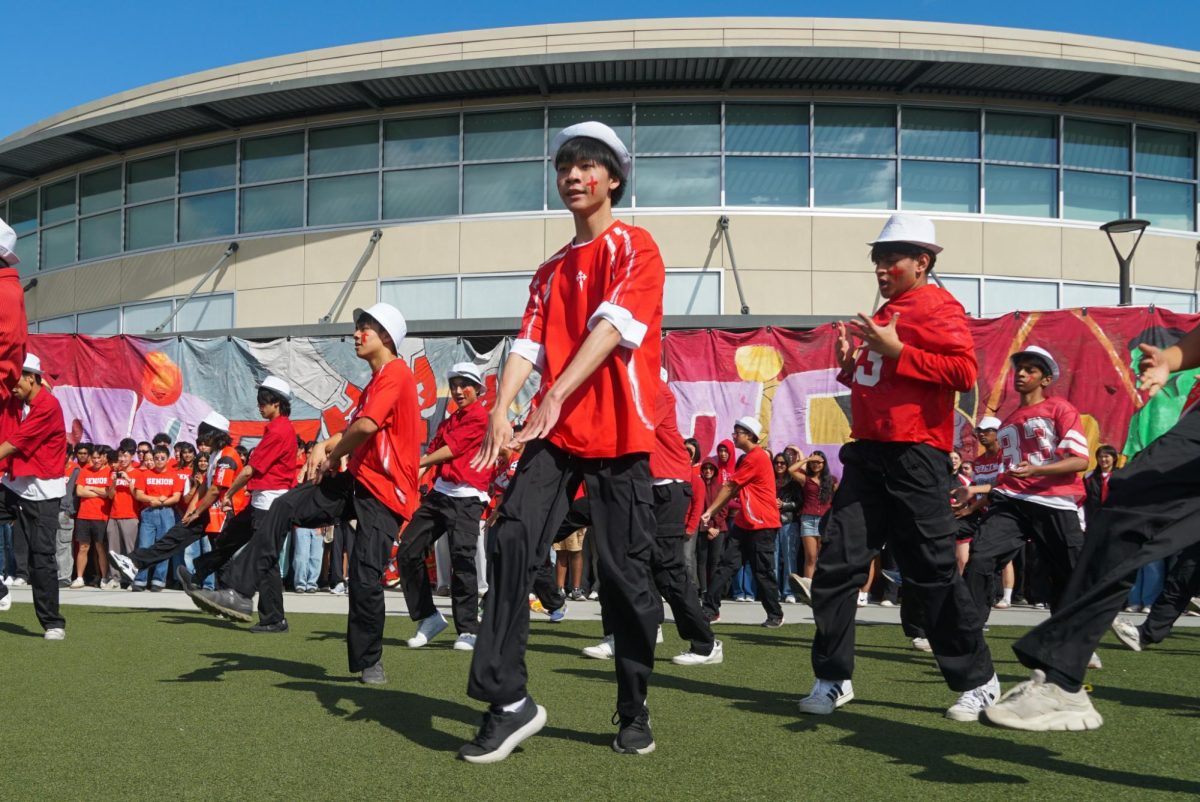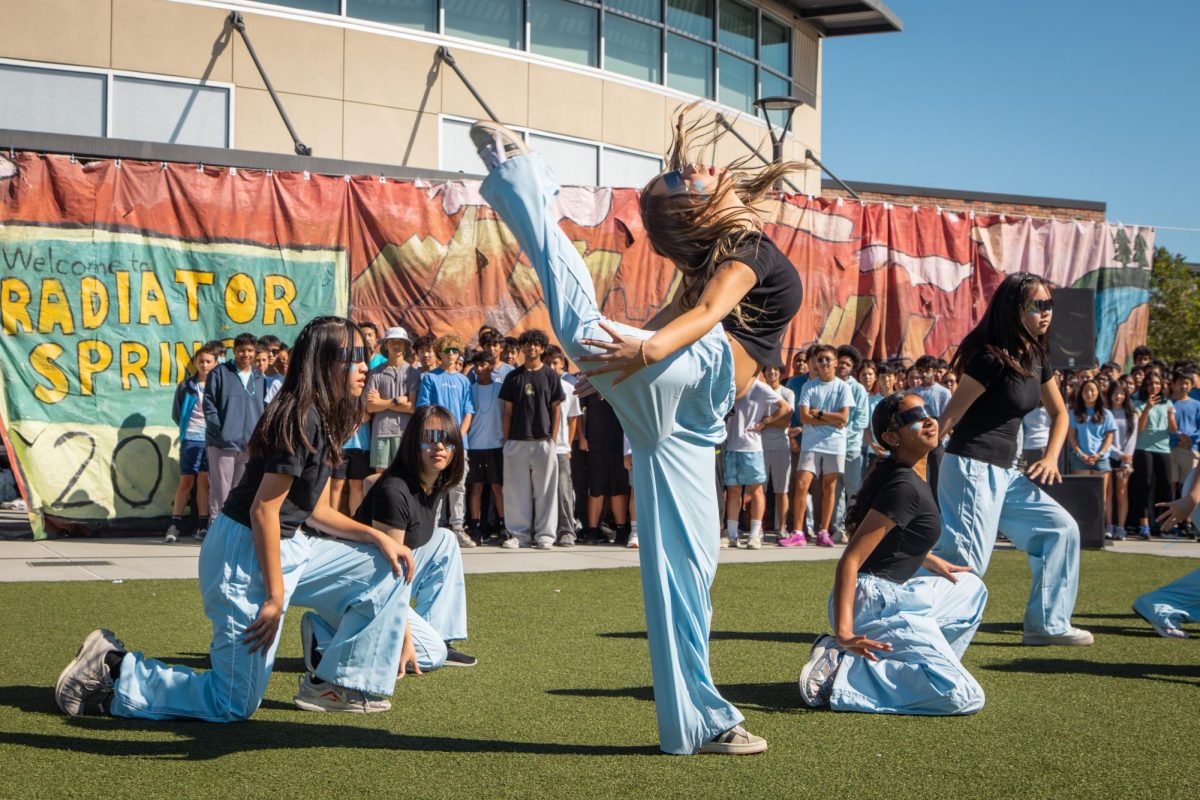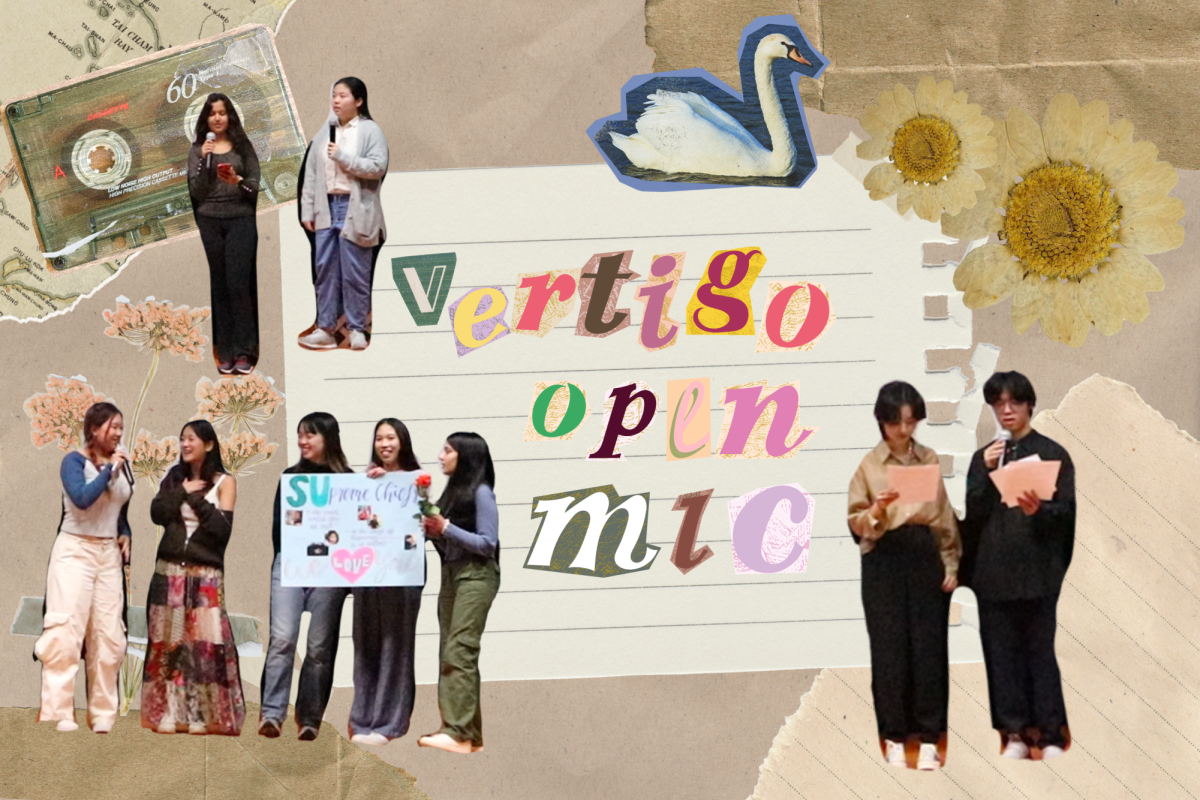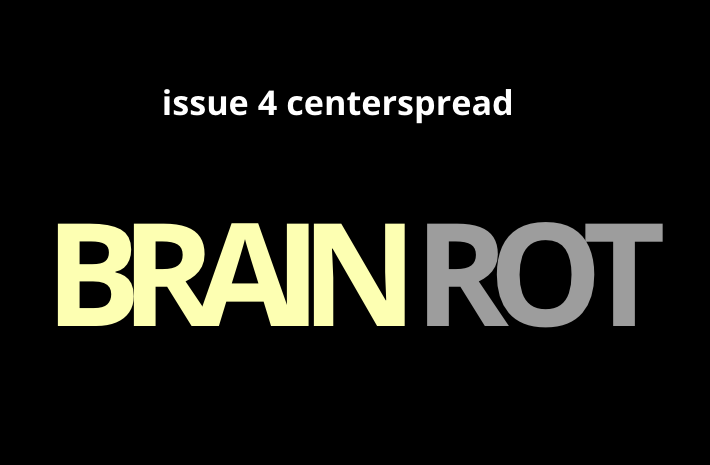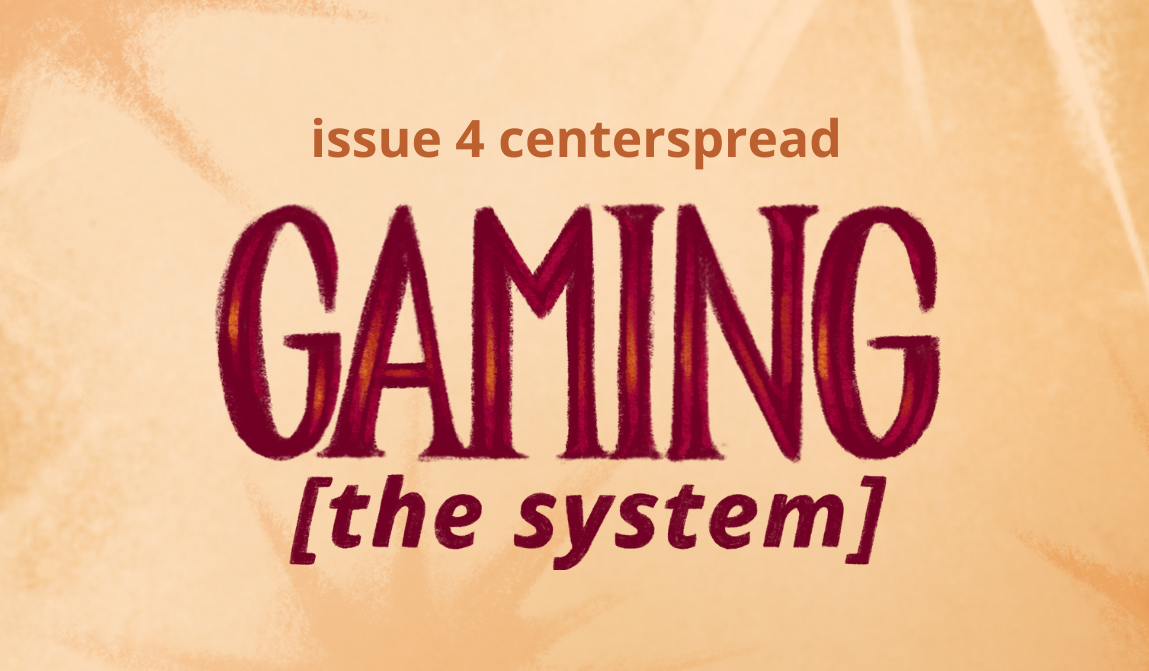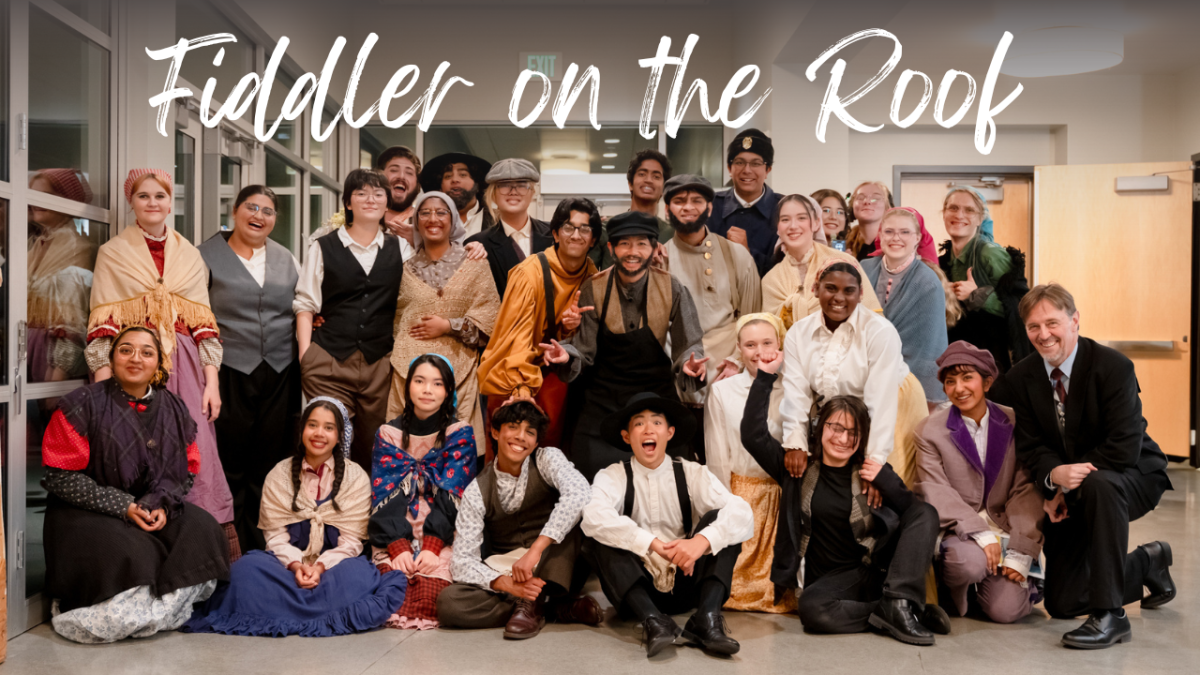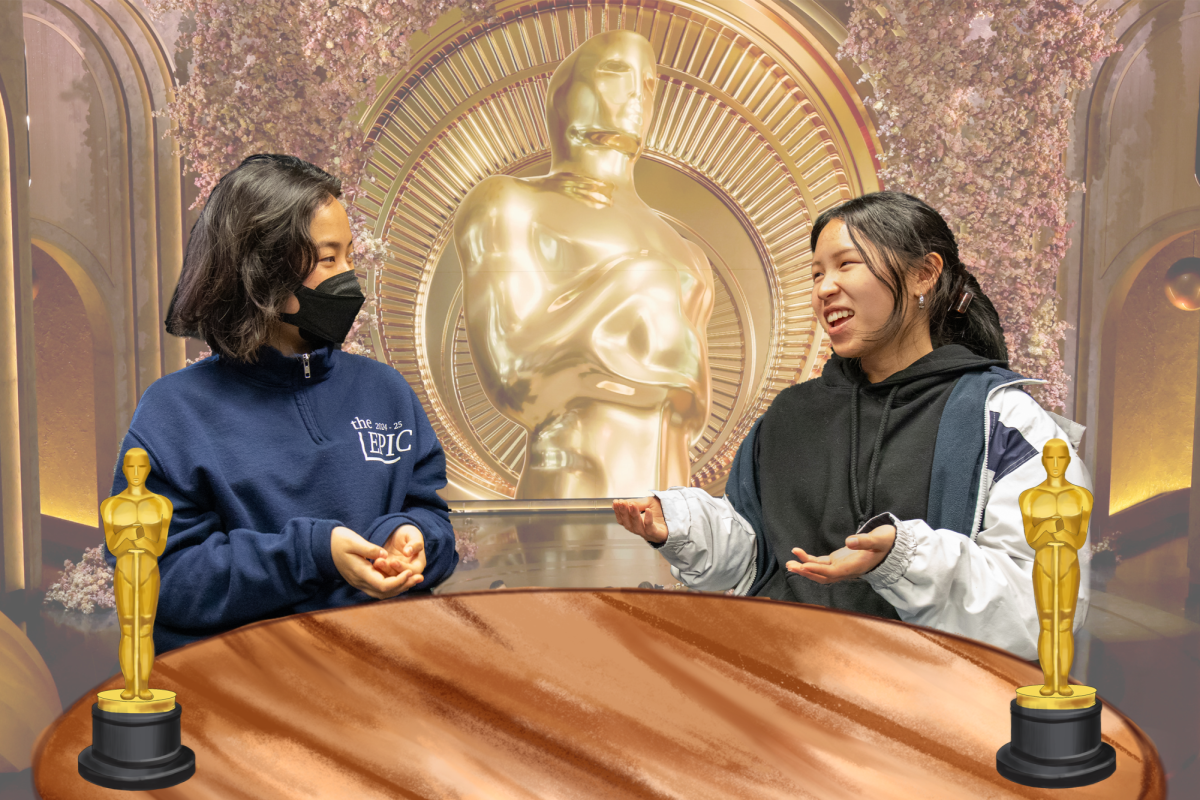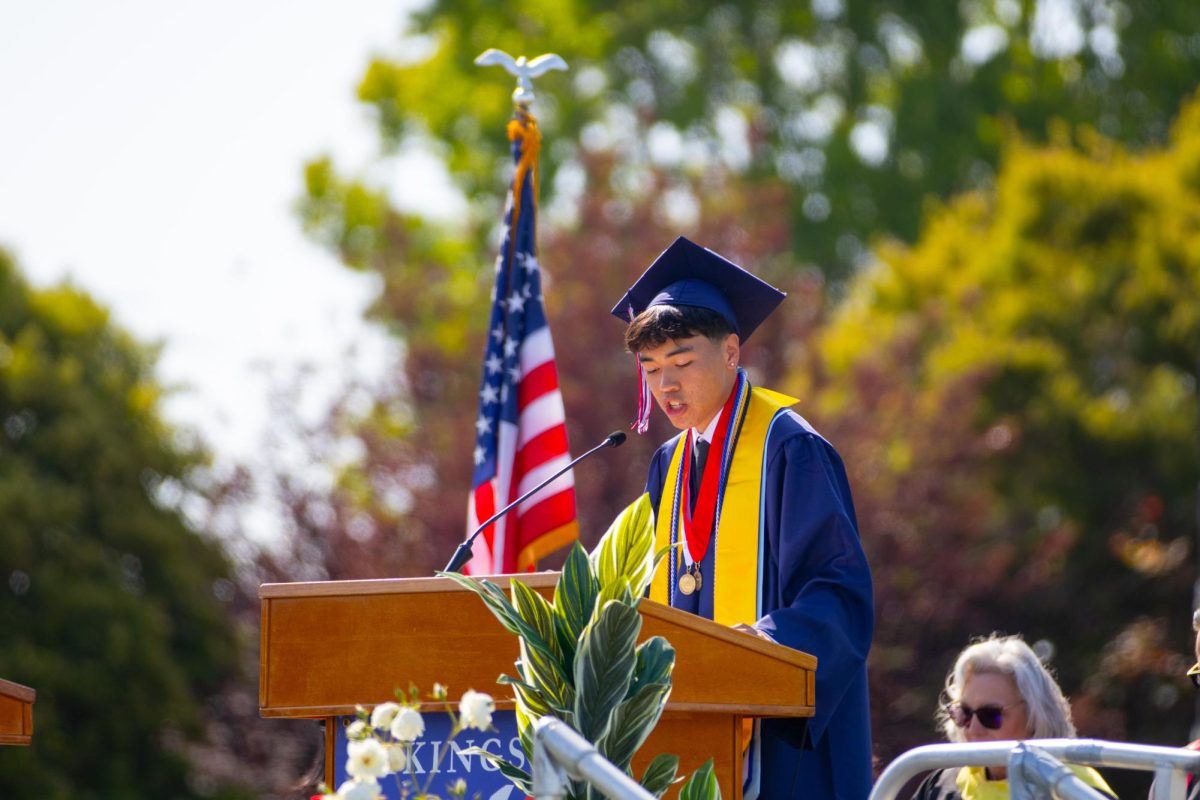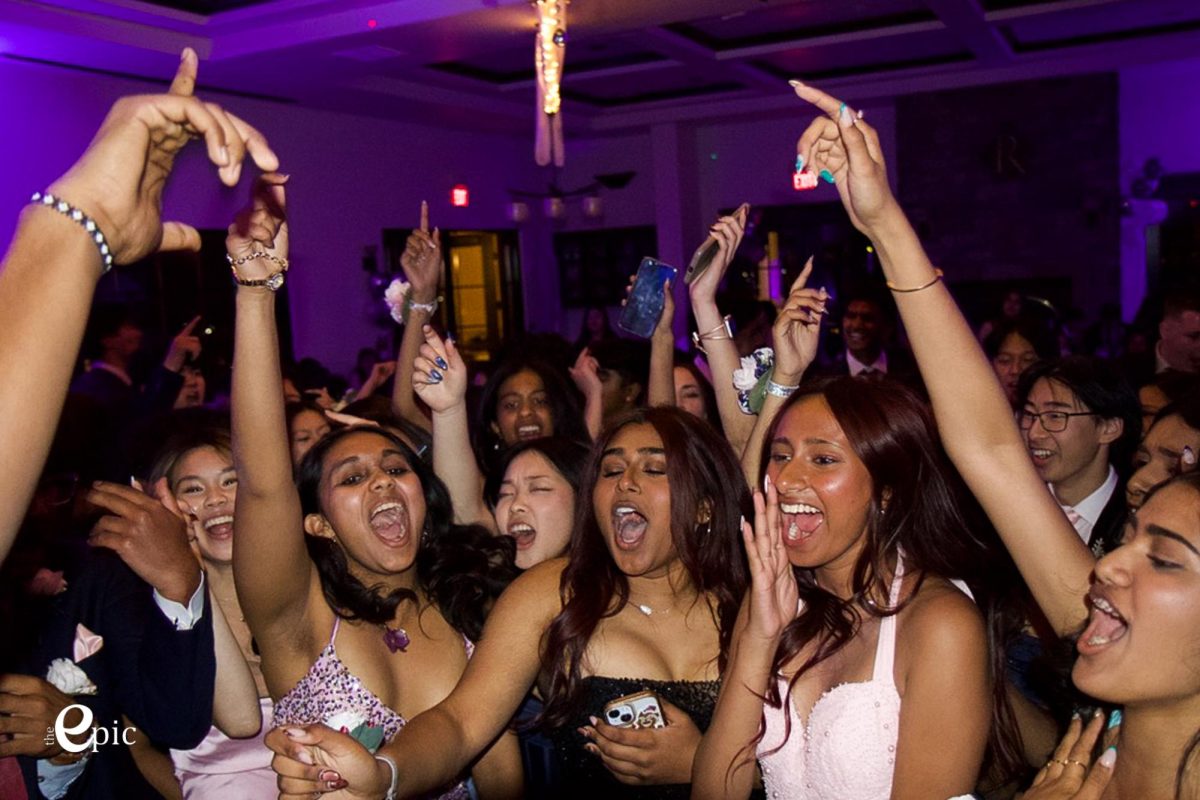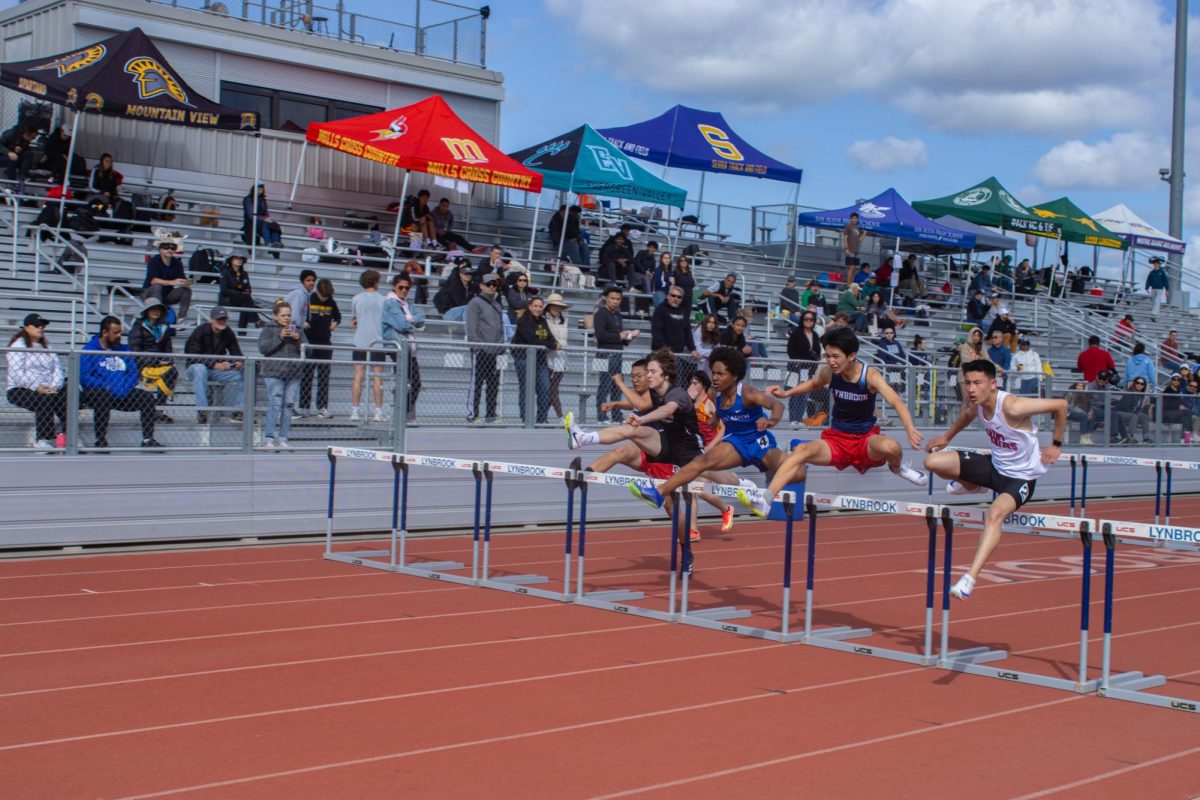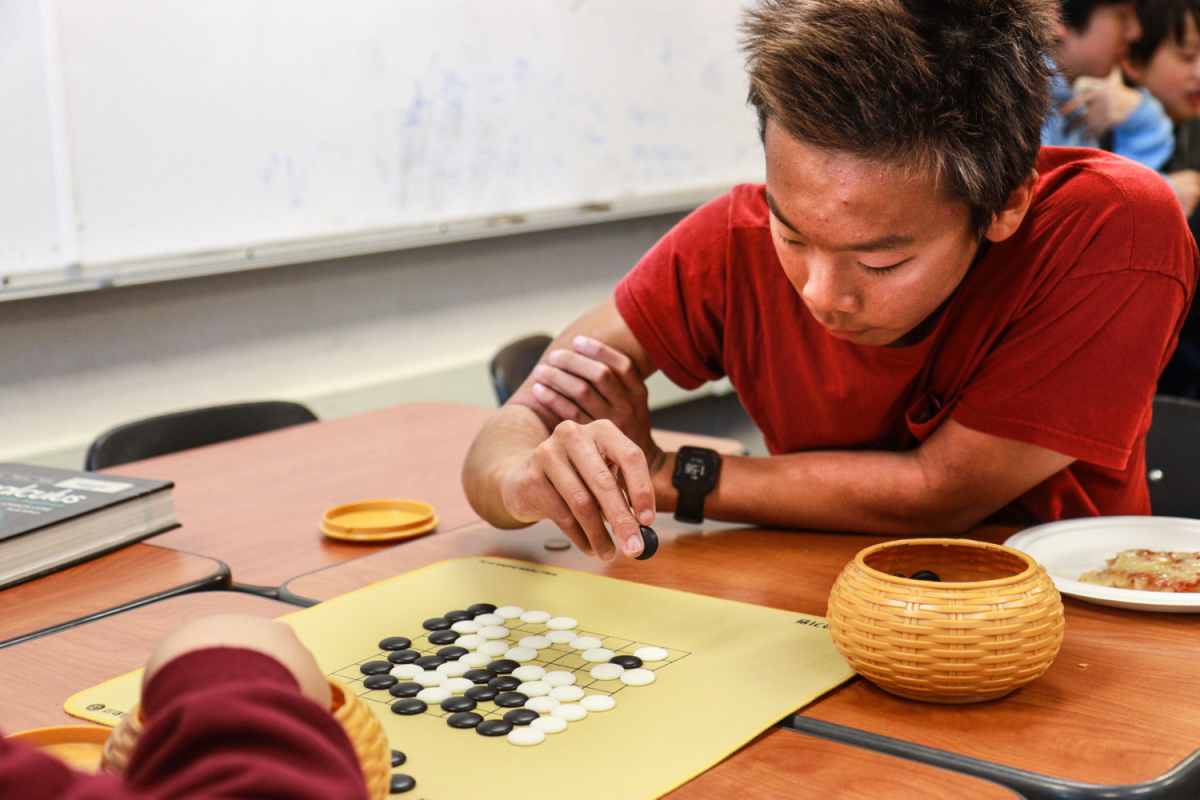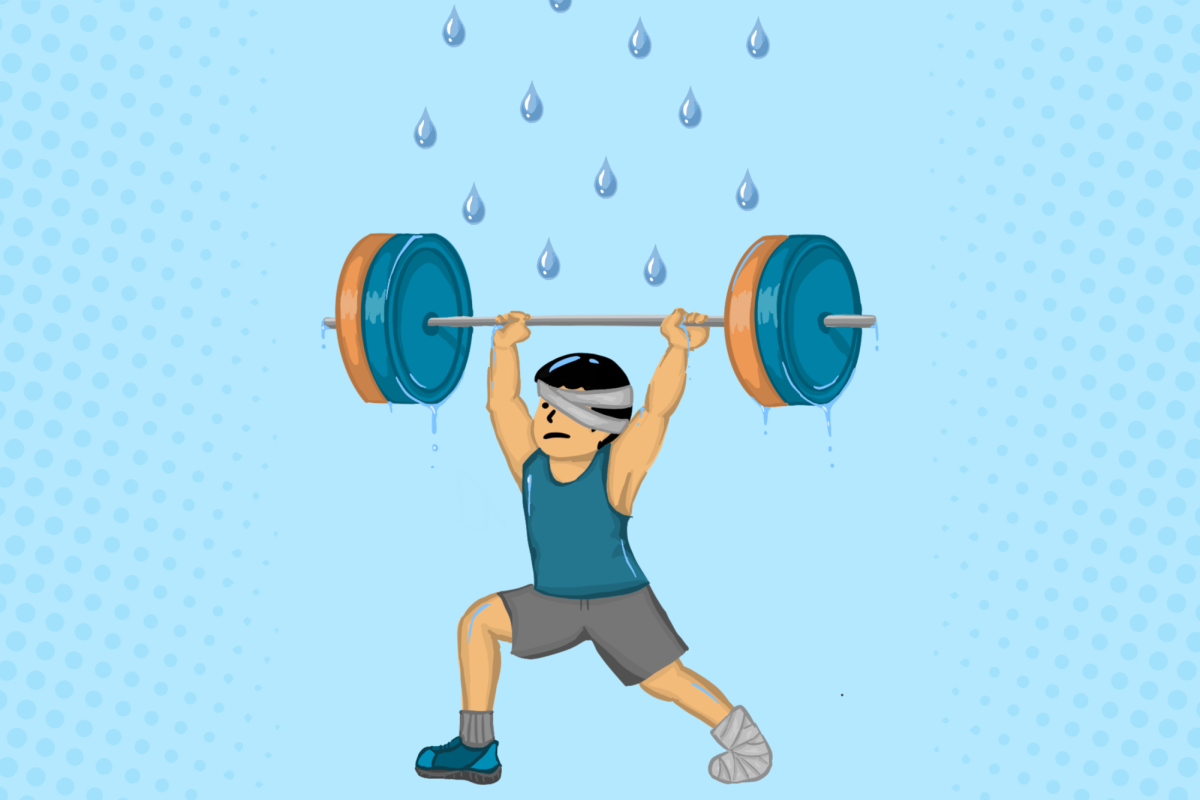In both high school and college sports, the incentive to have a reward for athletic skill has notably risen. The increase in sponsorships and partnerships has simultaneously impacted the culture and life of many athletes. This idea supports the discussion of the overall impact of an athlete’s name, image and likeness, or NIL, on sports culture and business. NIL has been shown to change the landscape of sports outreach and culture, impacting others for years to come.
NIL is a concept that includes athletes’ rights to monetize their skills and popularity to companies for profit from endorsements and partnerships, first becoming known in the high school sports scene in the early 2020s, following the concept’s controversial reputation in college sports. This allowed students to not only showcase their athletic skills and talent but also get rewarded for exactly that. Many believe the rise in NIL deals has contributed to increased ambition and confidence, allowing them to display their talents at higher levels.
Previously, to truly meet such ambitious and higher goals, athletes would pursue sports careers through college to improve their skills and play professionally. Rather than student-athletes focusing on developing skills, NIL has sparked interest in students marketing themselves.
“NIL helps high school athletes and brands get promoted and recognized at the national level,” sophomore and track and field athlete Hisham Mohammed said. “It can also help athletes with college recruitment since many college scouts are able to see performance.”
In 1953, the National Collegiate Athletic Association created the term of student-athlete to differentiate between athletes playing for a school team and working athletes. Defining the role of a student athlete has served as a challenge for schools at all levels and has remained one for decades. The term was made in an attempt to prevent amateur sports from becoming too similar to professional leagues, where players are paid salaries.
Despite being an initially undefined and confusing term, labeling someone as a student athlete also signifies their involvement and experience in the sport that they play. Although fame is a separate factor in determining the strength of one’s NIL, athletes are able to build connections with the brands and companies they partner with.
“I was stoked when I heard that I got chosen for a sponsorship,” Kamata said. “It’s a good opportunity, especially for junior sports players. Things like equipment cost a lot of money, and it’s also a pretty cool way of advertising yourself. It’s a really good opportunity for both the players and the company.”
Starting in the early 21st century, state-specific legislation involving the monetization of high school and college athletes’ images became prevalent. California became the first state to pass the Fair Pay to Play Act in September 2019, prohibiting organizations from punishing college athletes earning money from their NIL and allowing college students to advertise and immerse themselves in the already rising market of student-athletes. Moreover, on Aug. 31, 2021, California passed a bill that allowed all high school students to make money off of their NIL, allowing them to receive financial compensation for their skill and popularity.
NIL has undoubtedly created an incentive for athletes to ultimately improve in their respective sports. The idea of NIL has brought about strong opinions on the morality of monetization in sports and whether athletes deserve to gain profit from their performance. The discussion surrounding the ethics and morals of NIL and monetization has created such controversy, making NIL a vital aspect in the advancement of sports culture. This increasingly controversial landscape of student athlete monetization leads young athletes to think about their NIL and how they market themselves to brands.

